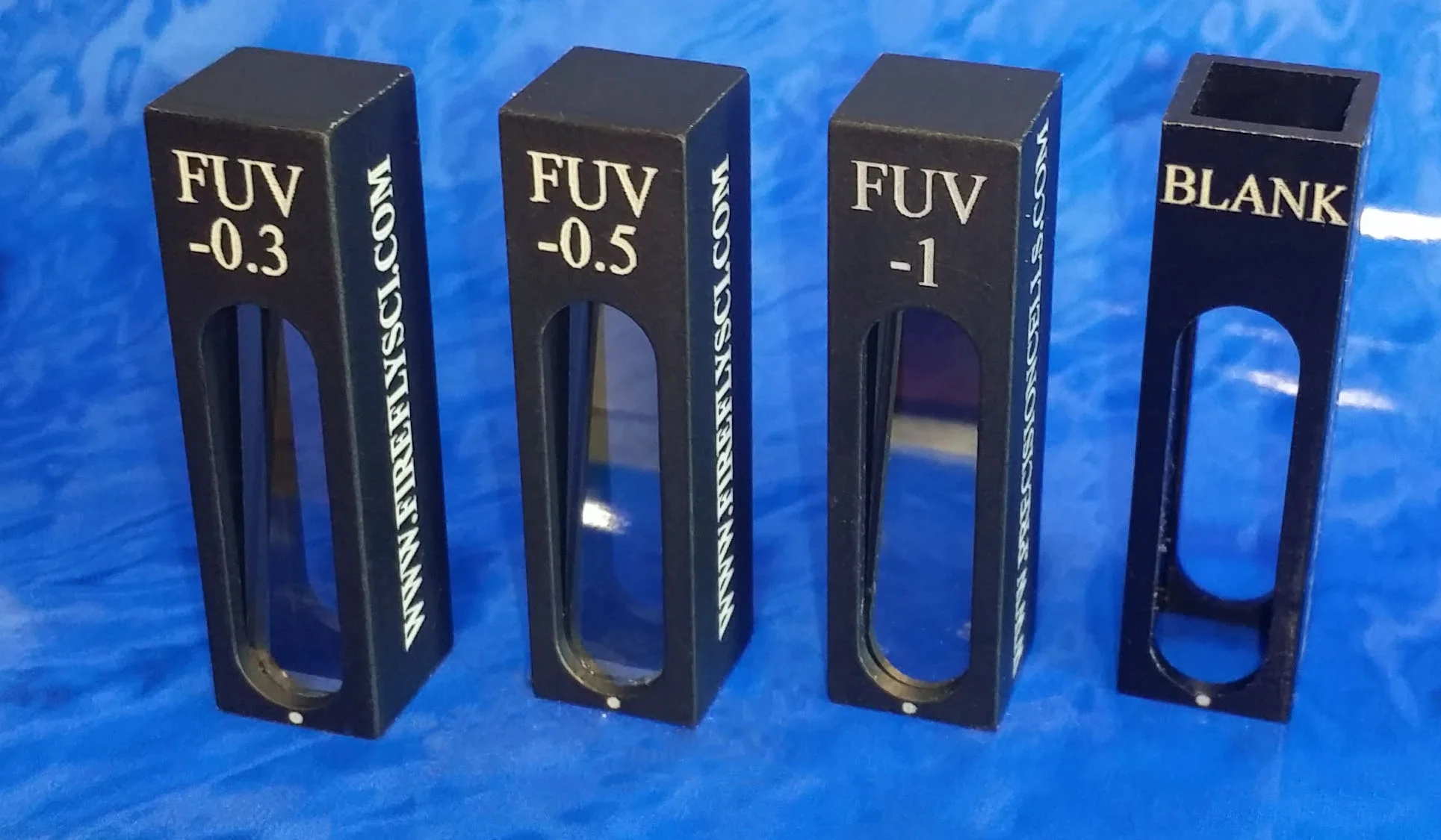Changes to NIST Guidelines
/Hey all you FireFlySci fans!
It’s been quite awhile since we last posted, but the good news is that we’ve survived the Covid outbreak and are still here for all your cuvette needs.
On the flipside we do have some interesting news to report from NIST.
For more than a decade, our excellent customers have been successfully using our unique UV-VIS and UV-VIS-NIR photometric calibration standards. These calibration standards are manufactured with our state of art FUV nano-deposition technology. Using this technology has allowed us to produce standards that did not require recalibration due to material aging, which many of our customers have benefitted from. Some of our pioneer customers are still using their standards without ever having to send them back to us because these standards continue to work perfectly for more than 10 years.
NIST is the gold standard in the spectrophotometer calibration industry. That being the case, FireflySci has always relied on NIST for all of our calibration and user instructions for our spectrophotometry calibration standards. In addition, all of our spectrophotometer calibration standards strictly adhere to NIST policies and procedures (www.nist.gov/srm).
Now comes the news.
Recently NIST introduced a new provision, "Maintenance of SRM Certification": and made it publicly available in the following document: https://www-s.nist.gov/srmors/certificates/view_certPDF.cfm?certificate=2031c
The new NIST document states that certification "...is valid, within the measurement uncertainty specified, for two years from the date of certification... The certification is nullified if the SRM is damaged, contaminated, or otherwise modified..." and that "...The set may be returned to NIST for cleaning and recertification as required by expiration or contamination".
While FireflySci calibration standards are not suffering from material aging issues, we must abide by what NIST dictates. We were thrilled to see that our standards were a solution to a critical problem for all other known materials used for spectrophotometry calibration standards. However, in the above document NIST highlights five times the negative impact of contamination of calibration standards in users' possession.
Once the calibration standards leave NIST or our shipping department, they are out of our control. We cannot oversee how our customers use and take care of the standards. Moreover, in some cases aggressive chemicals vapors and spills are a part of unavoidable laboratory environment in customers’ facilities.
While this new NIST provision put additional work on our and our customers’ shoulders, we all need to follow NIST guidelines. Therefore, we encourage all our customers to send us their calibration standards for inspection, cleaning (where required), and recalibration at least every two years.
Concurrently, we will be sending our customers notices of expiration of calibration certificates issued more than two years ago.
The above new NIST provision puts additional unexpected work on us and our customers’ shoulders. We are deeply sorry for those customers who believe new NIST requirements are overwhelming. At the same time, we certainly understand that the science of Metrology does not like uncertainties. Therefore, we cannot disagree with NIST as well.
We will continue to update you with any future changes in NIST policies and procedures that affect spectrophotometer calibration standards.
Until next time,
The FireFlySci Team
![firefly_logo_FINAL [Black].jpg](https://images.squarespace-cdn.com/content/v1/5411d5c0e4b02e1c8b27565a/1434491508803-XB4OF7YDY46Z72L5U5AP/firefly_logo_FINAL+%5BBlack%5D.jpg)







